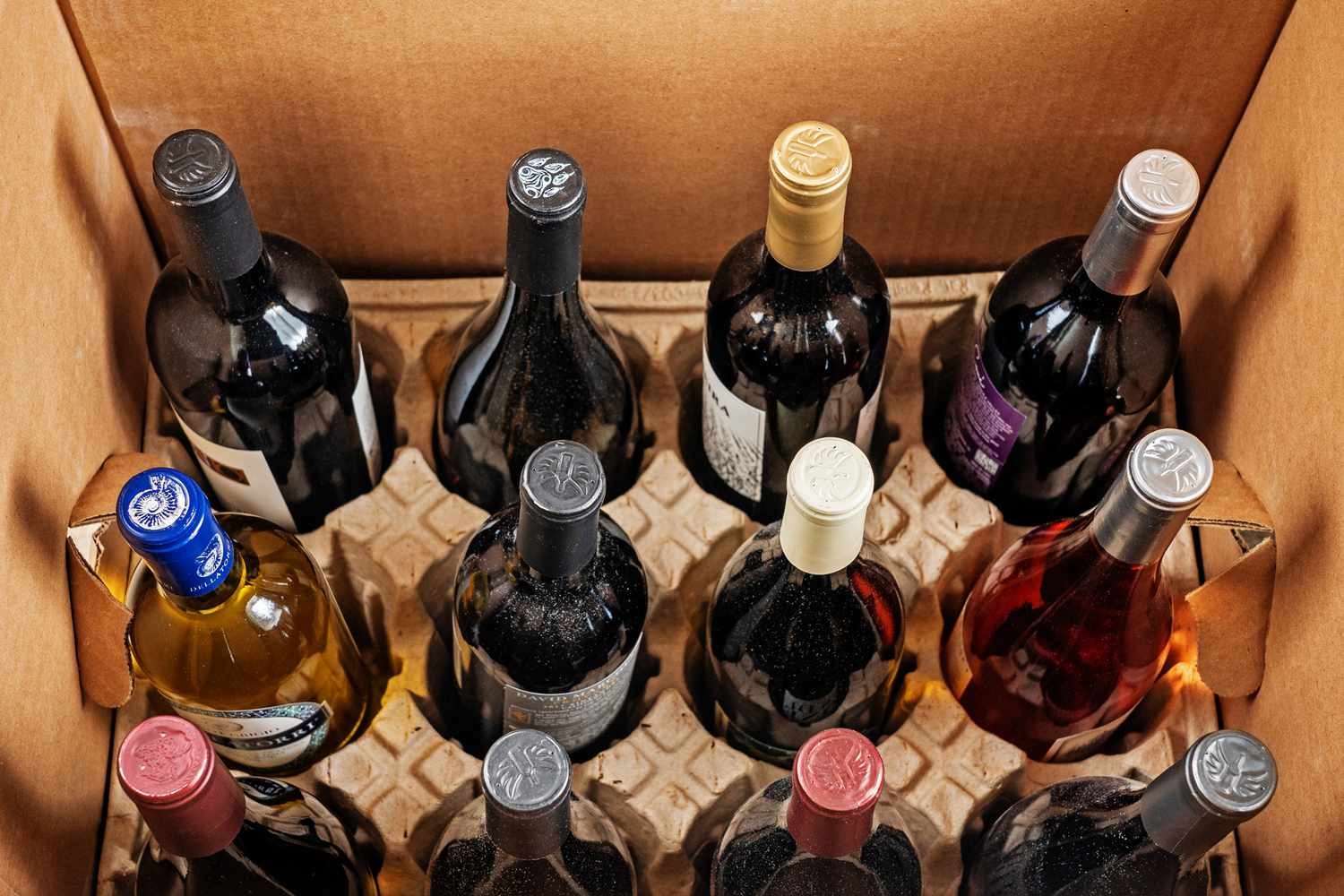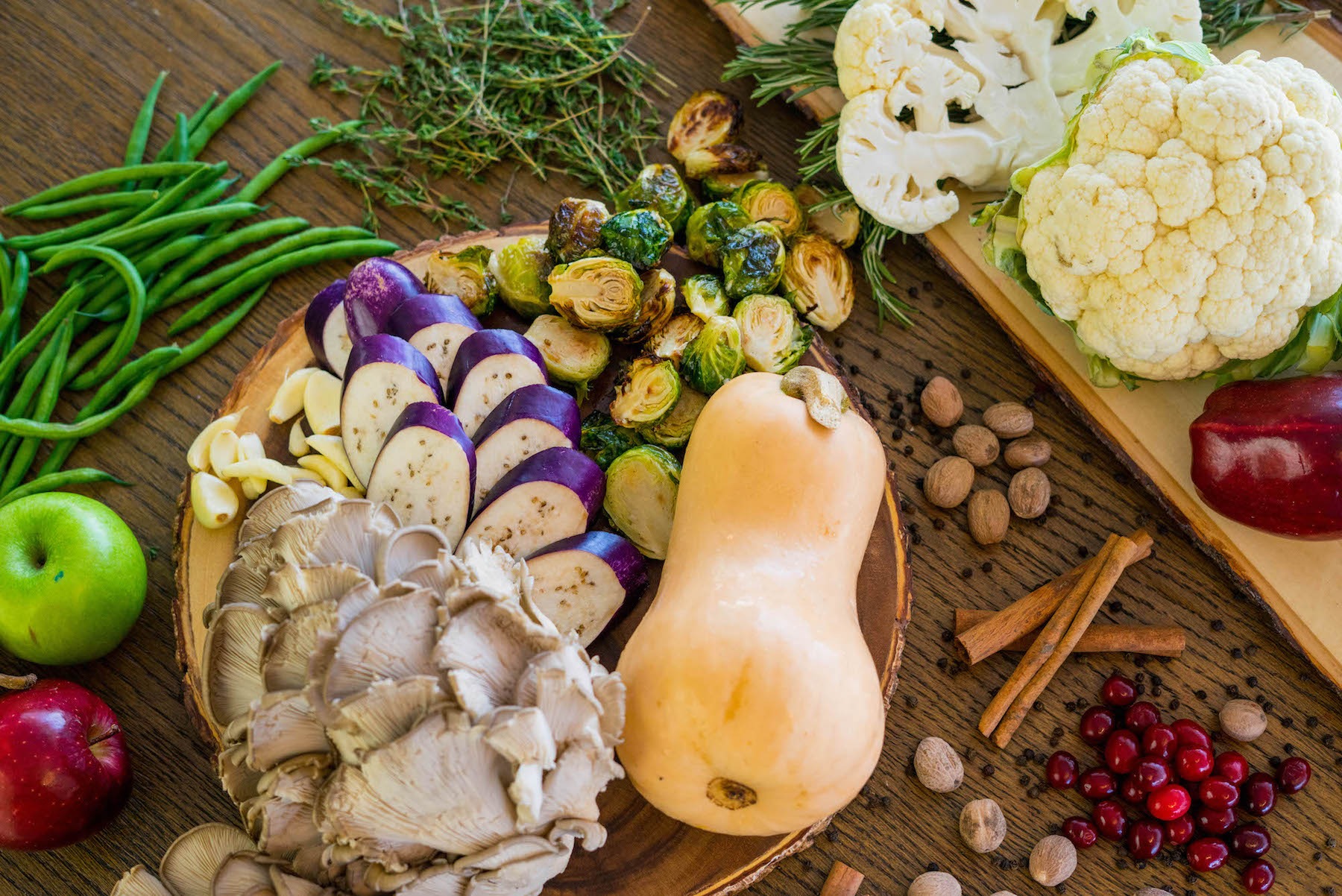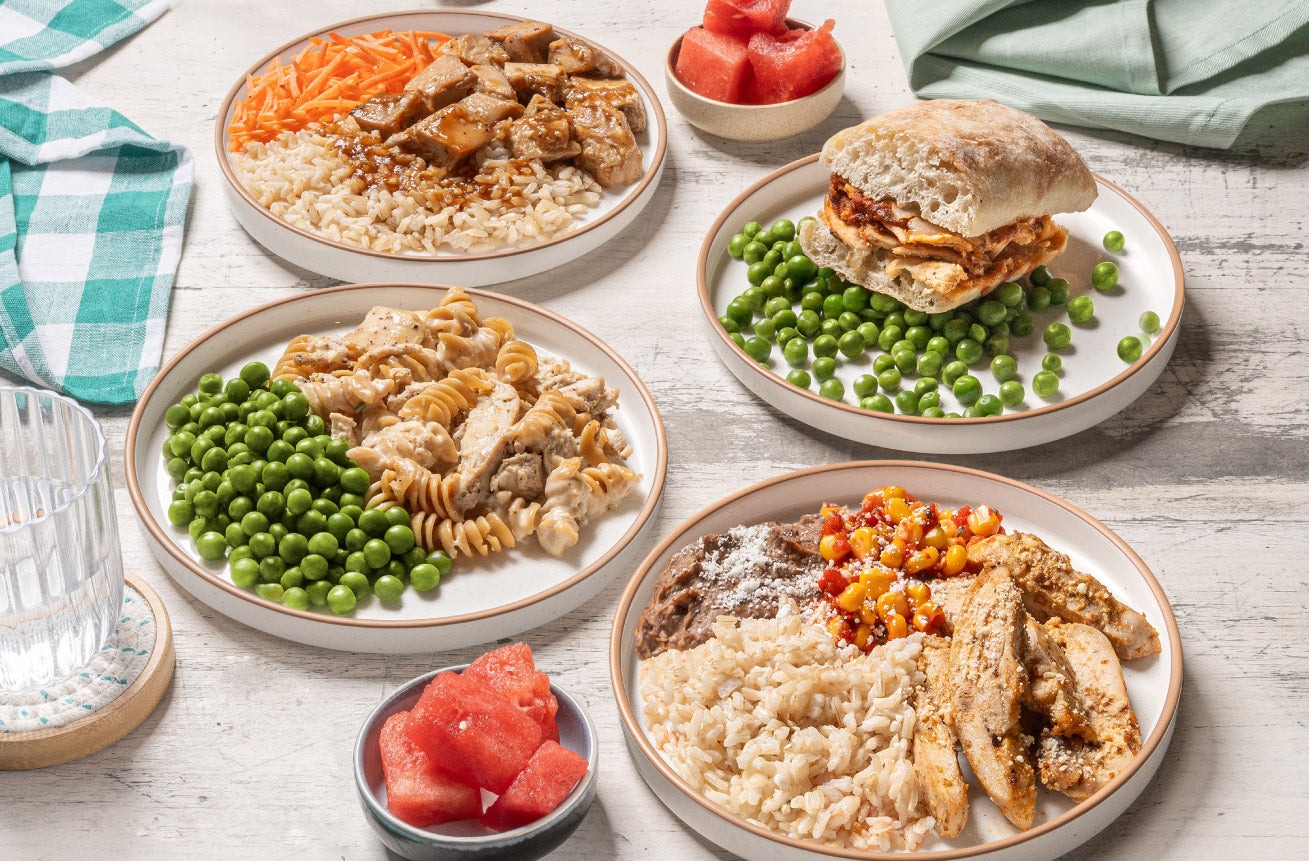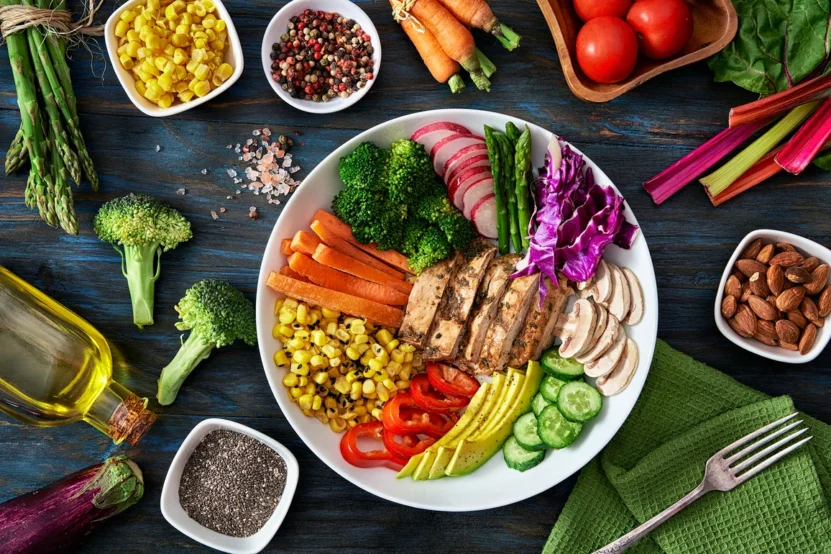
Share Post:
Cooking can create varying amounts of food waste, whether your groceries go bad in your fridge before you can use them or you throw veggie scraps out while prepping meals. You should enjoy everything your grocery budget affords. Save time and money by learning how to reuse leftover food and prevent things from spoiling. You’ll make the most of your budget and potentially improve your health.
1. Pickle Your Veggies
Anyone can turn whole vegetables into pickled treats. The simple process reduces waste by making each veggie last longer. Submerge them in a brine solution of vinegar, water, sugar, salt and your preferred spices. Then, let them sit at room temperature until your recipe says they’re ready to eat.
You’ll change each vegetable’s flavor and nutritional profile, giving them anticancer properties for long-term health improvement. Toss them into your salads or eat them as a salty snack the next time you want something savory.
2. Start a Compost Bin
If reducing food waste is your primary concern, set up a backyard compost bin. The container can hold specific food scraps so they break down into fertilizer. You’ll minimize the waste your household contributes to local landfills, gain extra nutrients for your garden and potentially support the local ecosystem by helping your native plants thrive.
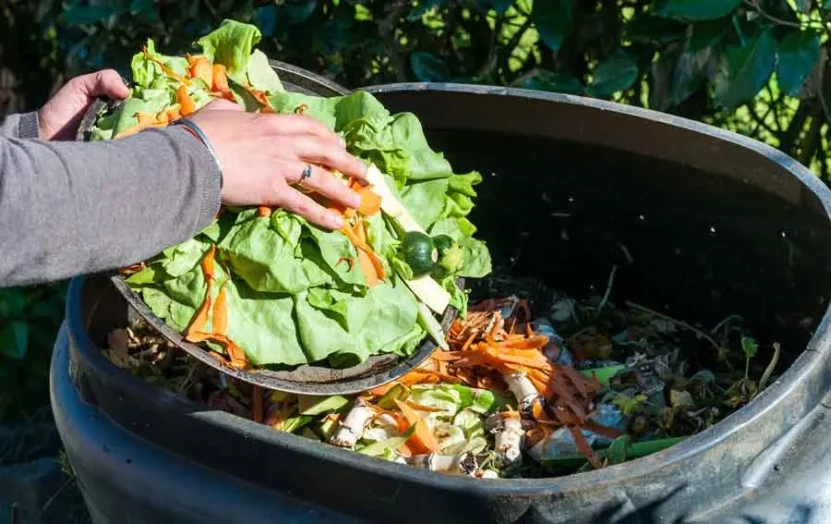
3. Dehydrate Your Veggies
People often get tired of turning produce into salads, so do something different with your next batch of vegetables. Put them in a dehydrator until they have no moisture left. You can grind them into powder with a blender or food processor and save the seasoning in jars. Use it to season pan-fried chickpeas or roast meats for dinner.
Swapping sodium- or sugar-heavy seasoning packets with powdered veggies will increase your nutrient intake. Improving your diet can aid weight management efforts, which may reduce your risk of some cancers if it becomes a long-term habit. Keeping up new healthy eating techniques is much easier when you learn how to reduce food waste with a dehydrator.
4. Freeze Prepared Produce
The freezer aisle of your grocery store likely has bags of frozen fruit. While you can always buy a bag for your smoothies, save time and money by freezing the fruit you already have at home. The preparation process only takes a few minutes and preserves the fruit’s nutrient profile before it rots in the back of your fridge.
Slice fresh strawberries, bananas, kiwis or any other fruit you enjoy. Place them on a baking sheet so they aren’t touching, and freeze them as pieces so they’re easier to measure for recipes. You’ll shrink your grocery bill and prevent the fruit from going bad before you can use it.
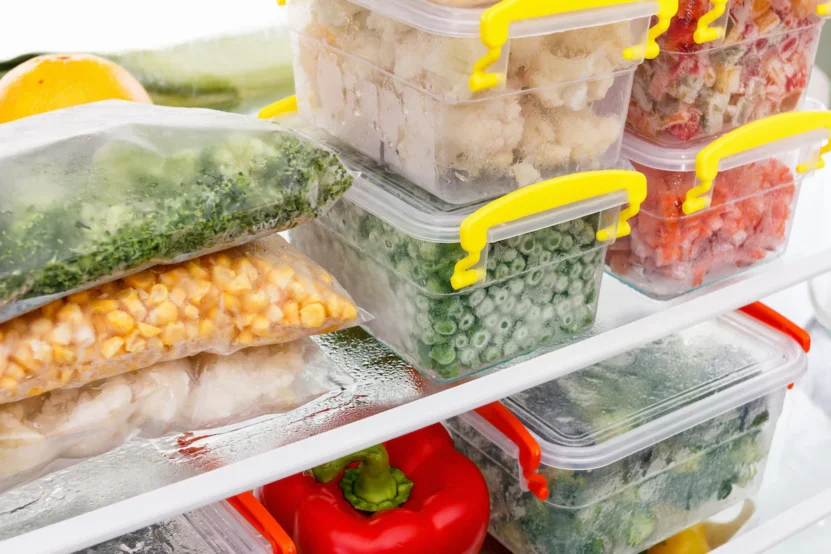
5. Learn to Blanch Vegetables
Research shows that women should consume 21 grams of fiber daily, and men should get 30 grams. Achieving that intake might be challenging, but blanching veggies can help. Submerge the prepped vegetables in boiling water for a short time, depending on what you’re cooking. When your timer dings, dunk them in an ice bath and pat them dry.
The process halts natural enzymes in your produce that otherwise cause nutrient loss as the vegetables age in your refrigerator. You’ll preserve big batches of whole veggies in the freezer until you’re ready to cook, dehydrate or snack on them.
6. Remove Oxygen With Vacuum Sealing
When fruit remains exposed to oxygen, the molecules start an enzymatic browning process that reduces the food’s quality by making it spoil faster. The process contributes to typical food waste, but a vacuum sealer can make it less of a daily challenge.
Place whole or sliced fruits into a bag with a vacuum sealer attachment. After removing all the air in the bag, you’ll halt the browning process and make your fruit last longer without freezing anything. The preservation method is particularly beneficial for sensitive fruits like bananas.
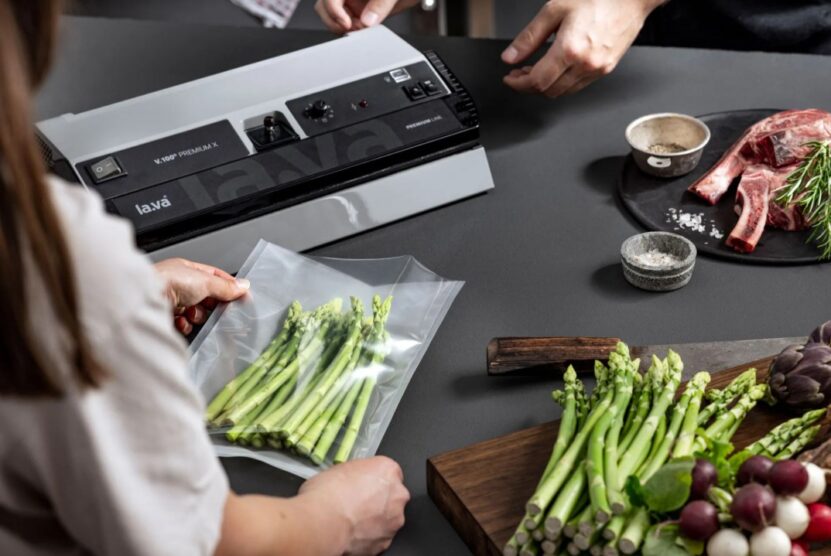
7. Steam Batches of Vegetables
Making big batches of vegetables at once may seem intimidating if you’re making them one at a time. Steaming can speed up the process. Add veggies to a steamer and cook them all together. They’ll remain fresh in your fridge for a few days so that you can add them to meals or snacks any time.
Choose what to steam based on your health goals, like improving your protein intake. One cup of green peas includes eight grams of protein, which could help you reach your muscle-building goals or stay satisfied longer. They’ll taste great in casseroles, soups or fried rice. Keep a steamed serving in your fridge to have them on standby.
8. Transform Veggies Into Pasta
Tired of salads and veggie-based soups? Reduce your food waste by making your favorite vegetables into pasta. Use a spiralizer to turn carrots, zucchini, beets, butternut squash and more into nutrient-dense spaghetti shapes. If you have a pasta attachment for a stand mixer, you can follow recipes to make homemade spaghetti and add powdered vegetables to the dry ingredients. You’ll enjoy a nutrient-rich diet with more creative, visually stunning meals.
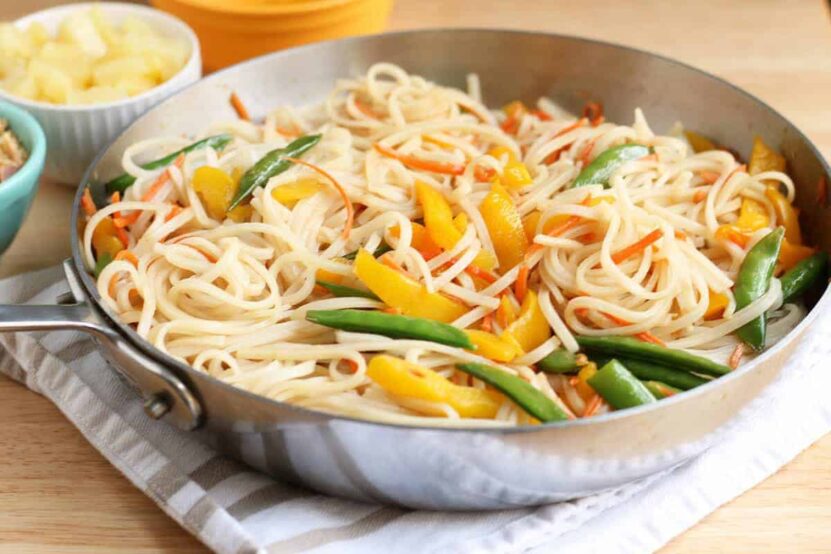
Learn How to Reduce Food Waste Through New Produce Strategies
Don’t feel discouraged the next time you visit a grocery store. You can enjoy every bite of the fruits and vegetables in your cart with strategies that reduce food waste and save time. Once you know preservation techniques and how to reuse leftover food like vegetable scraps, you’ll enjoy a healthier diet and more financial freedom.
Related Posts:
- How To Freeze Lasagna? Save Time and Effort
- How to Use Smoke and Herbs to Enhance Flavor and…
- 8 Tips to Keep Homemade Cookies Fresh for a Longer Time
- Should You Be Using Raw Vegan Protein Powder? Health…
- What Are the Main Differences Between Ricotta and…
- How to Reheat a Quesadilla in an Air Fryer – Crispy…

